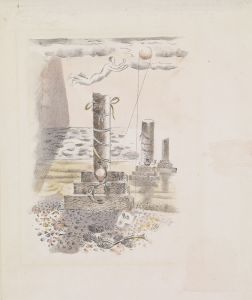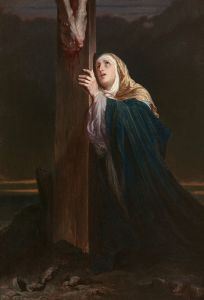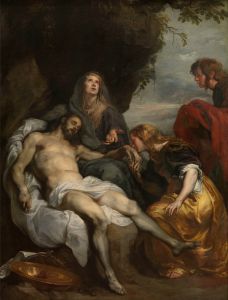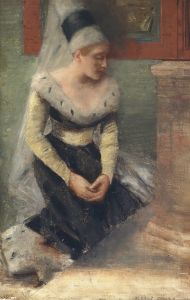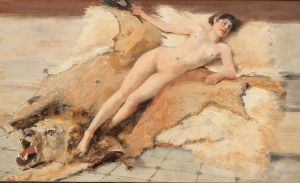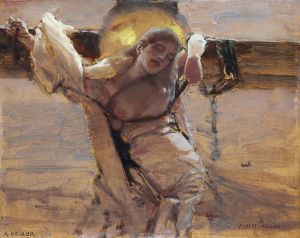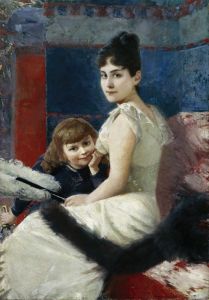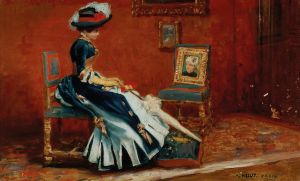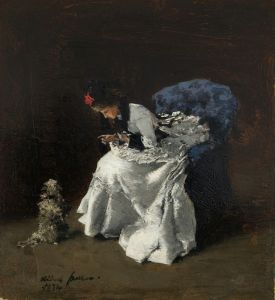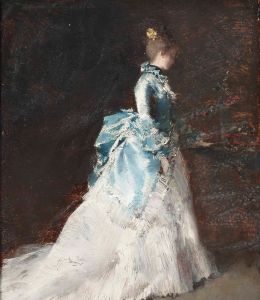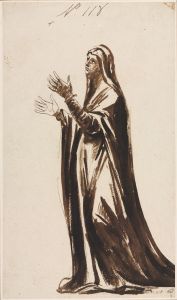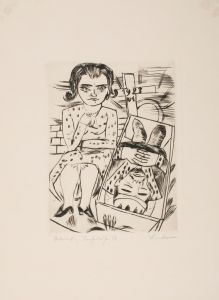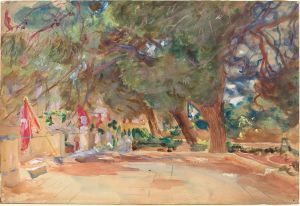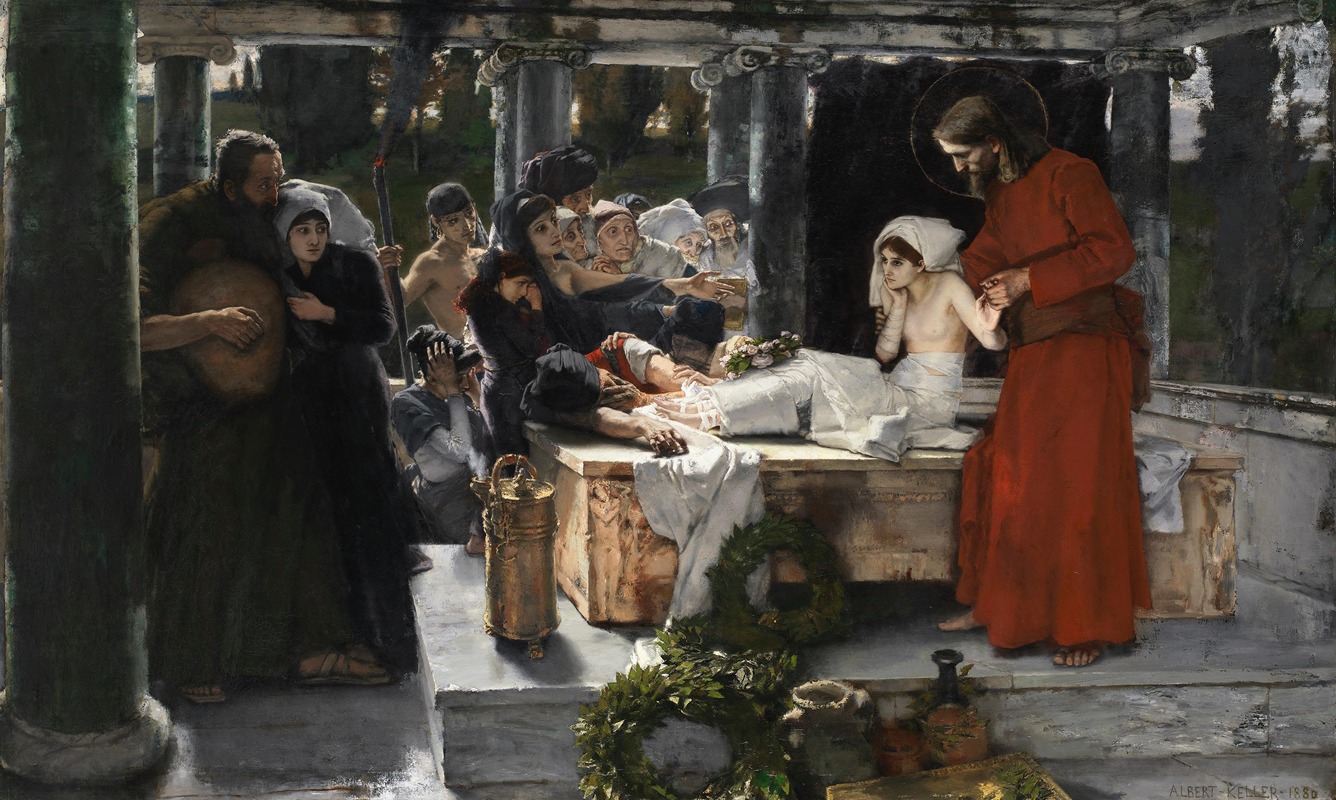
Die Erweckung der Tochter des Jairus
A hand-painted replica of Albert von Keller’s masterpiece Die Erweckung der Tochter des Jairus, meticulously crafted by professional artists to capture the true essence of the original. Each piece is created with museum-quality canvas and rare mineral pigments, carefully painted by experienced artists with delicate brushstrokes and rich, layered colors to perfectly recreate the texture of the original artwork. Unlike machine-printed reproductions, this hand-painted version brings the painting to life, infused with the artist’s emotions and skill in every stroke. Whether for personal collection or home decoration, it instantly elevates the artistic atmosphere of any space.
Albert von Keller was a Swiss-born German painter known for his contributions to the Munich Secession movement and his focus on themes of mysticism, spirituality, and the supernatural. One of his notable works is "Die Erweckung der Tochter des Jairus" (The Raising of Jairus's Daughter), which reflects his interest in religious and mystical subjects.
"Die Erweckung der Tochter des Jairus" is based on a biblical story from the New Testament, specifically from the Gospel of Mark (5:21-43), where Jesus performs the miracle of raising Jairus's daughter from the dead. This story has been a popular subject in Christian art, symbolizing themes of faith, resurrection, and divine intervention.
Albert von Keller's interpretation of this biblical event is characterized by his distinctive style, which often includes a dramatic use of light and shadow, as well as a focus on the emotional and psychological states of his subjects. His works are known for their atmospheric quality and the ability to convey a sense of mystery and otherworldliness.
In "Die Erweckung der Tochter des Jairus," Keller captures the moment of the miracle with a focus on the figures involved in the scene. The composition likely emphasizes the contrast between life and death, light and darkness, which are common elements in Keller's work. His use of color and light would have been intended to enhance the spiritual and emotional impact of the scene.
Keller was part of the Munich Secession, an art movement that emerged in the late 19th century as a reaction against the traditional academic art institutions. The movement sought to promote modern art and new ideas, allowing artists more freedom to explore diverse themes and styles. Keller's work, including "Die Erweckung der Tochter des Jairus," reflects this spirit of innovation and exploration.
Throughout his career, Keller was interested in the intersection of art and spirituality, often exploring themes that went beyond the visible world. His works frequently depicted scenes of mysticism, the supernatural, and the exploration of the human psyche. This focus on the intangible aspects of human experience is evident in his portrayal of biblical stories, where he often sought to capture the deeper spiritual meanings behind the narratives.
Albert von Keller's contributions to art were recognized during his lifetime, and he was well-regarded for his ability to blend traditional techniques with modern themes. His work continues to be studied and appreciated for its unique approach to religious and mystical subjects, as well as its technical mastery.
"Die Erweckung der Tochter des Jairus" remains an example of Keller's ability to convey complex spiritual themes through his art, and it stands as a testament to his place within the Munich Secession and the broader context of late 19th and early 20th-century art.





